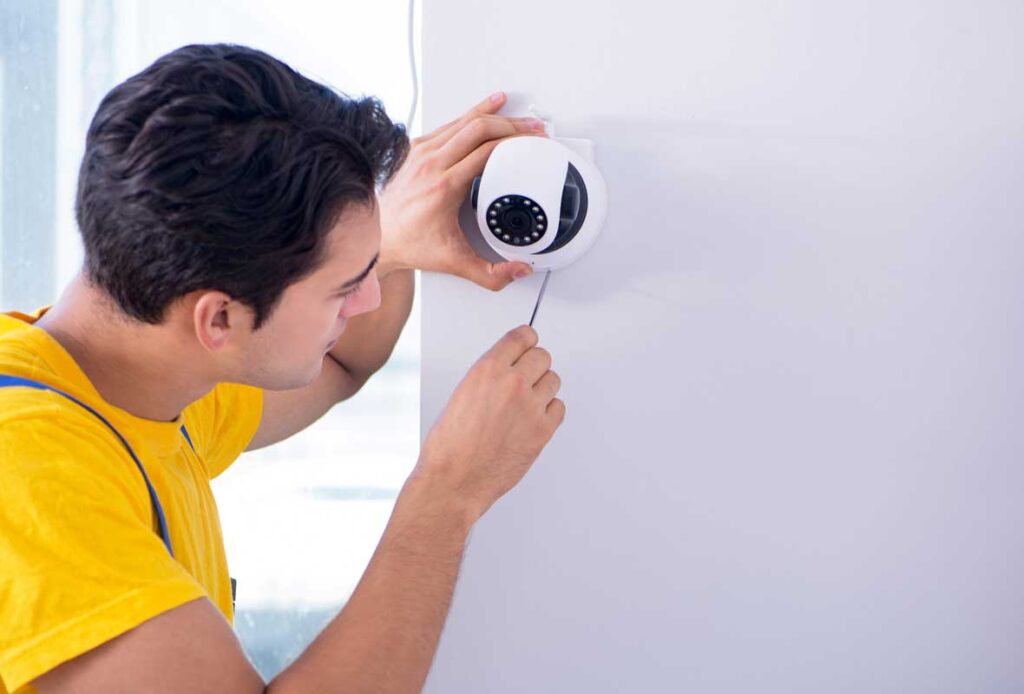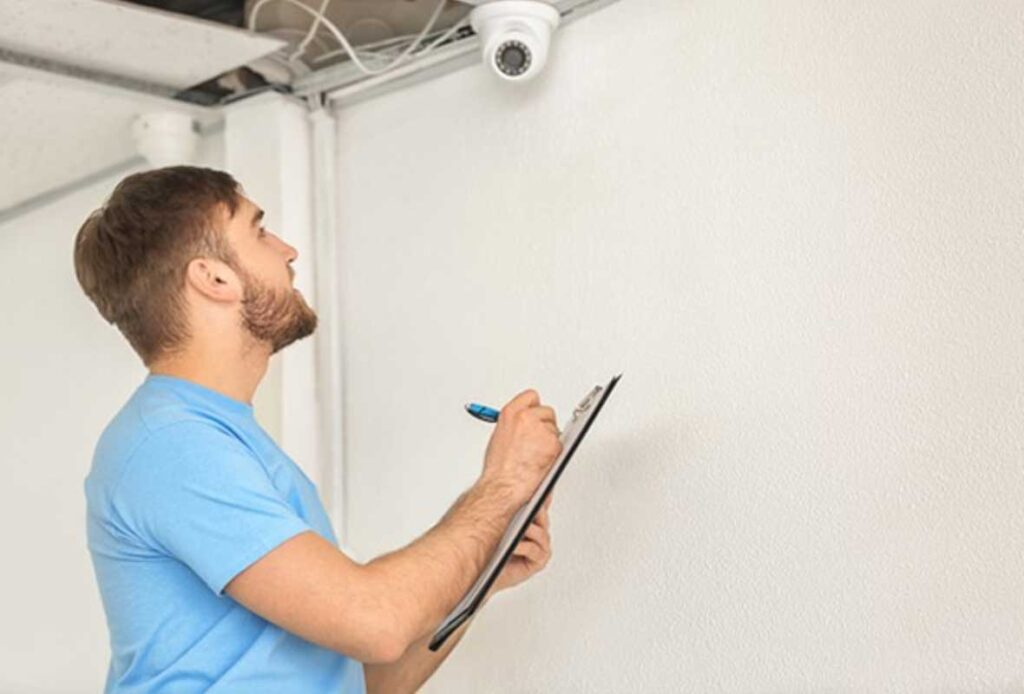A Comprehensive Guide to CCTV Cameras: Everything You Need to Know
Introduction
CCTV (Closed-Circuit Television) cameras have become an integral part of modern security systems. Whether for homes, businesses, or public spaces, these cameras play a crucial role in monitoring and ensuring safety. In this guide, we will explore the different types of CCTV cameras, their benefits, installation tips, and how to choose the right one for your needs.
Types of CCTV Cameras
- Dome Cameras – These are commonly used indoors and have a dome-shaped cover, making it difficult for people to determine the direction of the camera.
- Bullet Cameras – These cameras have a cylindrical shape and are typically used for outdoor surveillance due to their long-range capabilities.
- C-Mount Cameras – Equipped with detachable lenses, C-mount cameras allow users to adjust the focal length for different surveillance needs.
- PTZ Cameras – Pan-Tilt-Zoom (PTZ) cameras can move in multiple directions and zoom in for detailed surveillance, making them ideal for high-security areas.
- Wireless CCTV Cameras – These cameras operate without physical cables, offering flexibility in installation and remote access through mobile devices.
- Infrared (IR) Cameras – Designed for night vision, these cameras use infrared LEDs to capture clear images in complete darkness.
Benefits of CCTV Cameras
- Crime Deterrence – The presence of CCTV cameras can prevent theft, vandalism, and other criminal activities.
- Real-Time Monitoring – Users can access live footage from anywhere using internet-connected devices.
- Evidence Collection – Recorded footage serves as valuable evidence in legal and security cases.
- Workplace Safety – Helps in monitoring employees, preventing harassment, and ensuring compliance with safety protocols.
- Remote Surveillance – Advanced cameras allow users to monitor their property remotely through mobile apps.
Installation Tips
- Determine the Coverage Area – Identify key locations that require surveillance, such as entrances, exits, and blind spots.
- Choose the Right Camera Type – Select a camera based on your specific needs, such as weatherproof options for outdoor use.
- Proper Camera Placement – Install cameras at an elevated height to prevent tampering and ensure a wider field of view.
- Ensure Sufficient Lighting – Good lighting enhances camera performance; consider infrared cameras for low-light conditions.
- Use a Reliable Storage System – Opt for cloud storage or a DVR/NVR system to store and retrieve footage easily.
Choosing the Right CCTV Camera
When selecting a CCTV camera, consider the following factors:
- Resolution – Higher resolution provides clearer images; opt for at least 1080p HD quality.
- Field of View – Wide-angle lenses cover more area, reducing the number of cameras needed.
- Connectivity – Decide between wired or wireless cameras based on convenience and reliability.
- Storage Capacity – Ensure adequate storage space for continuous recording.
- Integration with Other Security Systems – Some cameras can be integrated with alarms, motion detectors, and smart home devices.



